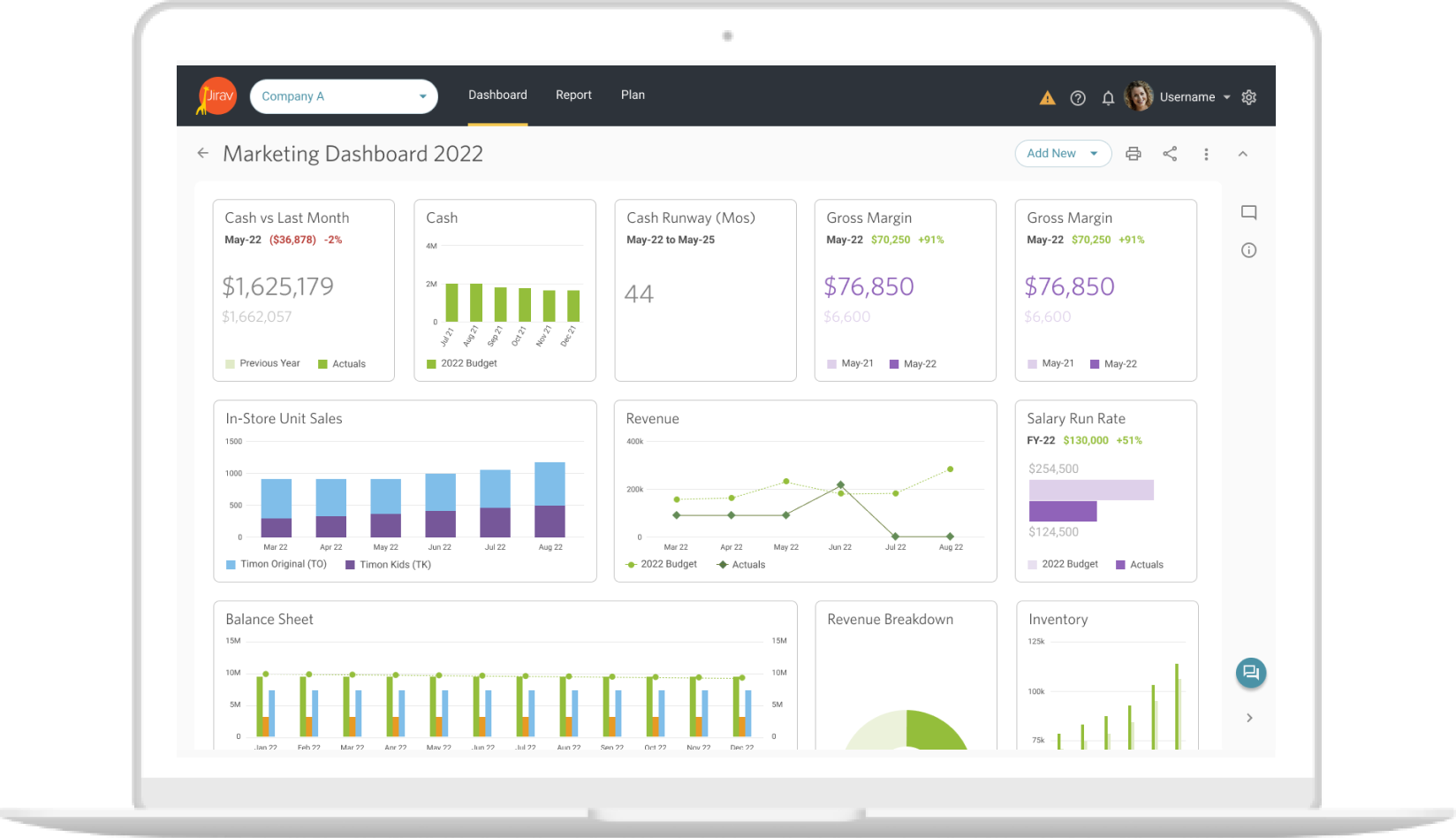
-
Product
- Menu / Product
-
OVERVIEW
Overview
The better way to budget, forecast, and plan.Integrations
Sync existing data with just one click.FEATURES
HOW IT WORKS
Product Tour
Click through a self-guided product experience.Live Demo
Request a live demo with a sales member.
-
Solution
- Menu / Solution
-
Use cases
Annual Operating Plan
Tie out income, balance sheet, and cash flow statements.Rolling Forecast
Roll your models forward with just a few clicks.Scenario Planning
Accelerate your planning and execute scenarios in minutes.Departmental Budgeting
Foster accountability with seamless team collaboration.Workforce Planning
Forecast new hires, raises, bonuses, accrued expenses, and more.KPI and Metric Reporting
Automate and customize KPI reporting in actuals and forecast.Financial and Management Reporting
Access comprehensive financial insights with our suite of reporting tools.Cash Forecasting
Maximize profitability, with real-time cash flow and balance sheet forecasting.INTEGRATIONS
- Customer Stories
-
Pricing
- Menu / Pricing
-
BY BUSINESS TYPE
Pricing for Businesses
Know exactly where you’re going.Pricing for Accounting Firms
Master your accounting services.
-
Accounting Firms
- Menu / Accounting Firms
-
Resources
- Menu / Resources
-
Company
- Menu / Company
All key financial metrics in one place

Standard Metrics Library
SaaS Metrics Library
ECommerce Metrics Library
Standard Metrics Library (14)
SaaS Metrics Library (18)
ECommerce Metrics Library (7)